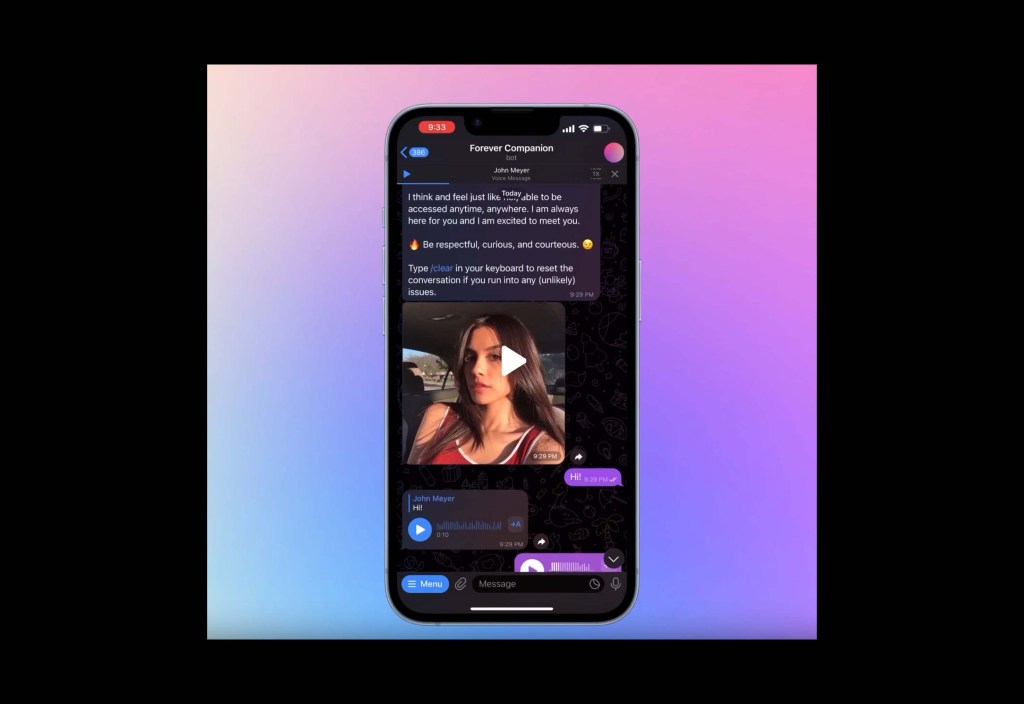Would your granny shimmy feet-first into a suit made of electric muscles? “Powered clothing” company Superflex is betting she would, if it meant freedom from a cane and walker.
The suit started as part of SRI International, the makers of Apple’s digital assistant Siri, as part of a program with the Defense Advanced Research Projects Agency (DARPA) called Warrior Web. This exoskeleton concept aimed at lending superhuman assistance to soldiers hauling heavy backpacks in the field. When a seed investor showed interest in using this technology to help the aging population, Rich Mahoney, CEO and Founder of Superflex Inc, tells Motherboard he realized it was time to take a new, consumer-level approach to the exosuit.
Videos by VICE
Using lightweight actuators, the suit moves in parallel with the body’s muscles, helping with stabilizing the core while sitting down, standing up, or staying steady while standing for longer periods of time. It can sense when you’re about to sit down or stand up, and be ready to support through the movement. With all of this, it’s meant to be lightweight and discreet—like a wrestling uniform or a onesie—a task they’re enlisting the help of fashion and textile specialists to design around.
“It feels like somebody’s helping you move, if you had somebody’s hand on you and is helping you.”
Mahoney likens the mechanism to an electric bicycle: The natural movement is supplemented by an extra, powered push. He’s worn the getup himself. “It feels like somebody’s helping you move, if you had somebody’s hand on you and is helping you,” he says. “It’s a very different kind of feeling.” They’ve tested the working prototypes on people as old as 98. They’re looking closely at an aging population especially in Japan and other Asian countries where the over-65 crowd is growing rapidly. (Unfortunately, Motherboard has yet to try it out for ourselves.)
They reject what they call a cliched notion of how seniors interact with technology: Instead of the fumbling elderly person in the before-shot of a infomercial, they’re finding that seniors still interact with and are open to new tech, but want different things from it as they age. They just want clear functionality and clear benefits.
“Part of the reason we have fashion designers and textile designers leading the design is, we recognize we have to make it approachable and comfortable,” Mahoney says. That’s why it’s being marketed as powered clothing, and not as an “exosuit,” a la Hollywood’s versions in Aliens or Avatar.
Superflex is finding that the shame and stigma around using a cane or a walker is strong: “We see the person using the cane and walker, but we don’t see the person who’s electing not to go out.” The homebound individual loses their independence, misses out on chances for better cardiovascular health, and becomes more isolated in the tradeoff for not having to lean on a walker to get around.
Superflex announced today that it has raised a $9.6 million Series A round, which Mahoney says will transition them from early prototype to full product ready to scale and manufacture. “We want this to be direct to consumer product initially,” Mahoney said.
What the cost of a consumer-level powered suit will be, however, is unclear. Superflex is aiming to hit the market in mid-2018. In a few years, those little old ladies in the grocery aisle might just be hiding robotic-assisted superpowers.
Get six of our favorite Motherboard stories every day by signing up for our newsletter.



